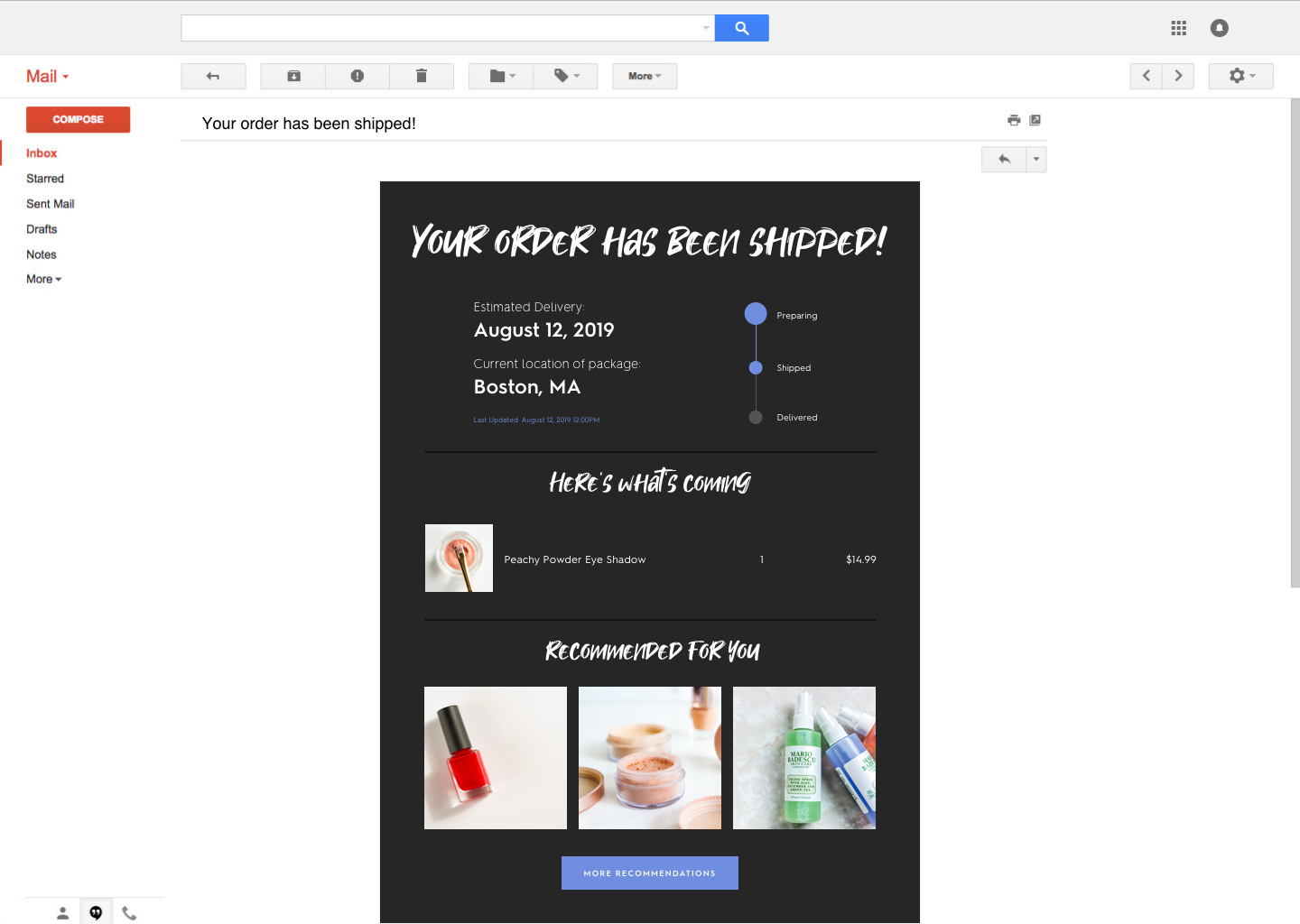So what is hyper personalization?
In 2019, 2020, and moving forward, personalization and hyper-personalization will continue to be huge trends. It’s easy to understand why marketers think it works.
Personalization helps drive better delivery, open, and click-through rates. And each of those, in turn, adds up to more sales and higher revenues for the bottom line.
That’s a good thing, so it’s reasonable that brands want to capitalize on the potential of personalization.
One way to do that is by digging even deeper into hyper-personalization. And that’s what we’re going to dig into today.
Here, you’ll get a primer on what is hyper-personalization and some examples of use that highlight how this tactic can get more clicks and purchases.
Let’s dig into it.
Consumers have changed over the years
There are two significant changes to how consumers shop now as compared to even a decade ago.
First, consumers are both savvier and more well informed than ever. Most people now spend at least a little bit of time online doing some research before they make a purchase. And that’s not just for big-ticket items; consumers want to see reviews and information on even less expensive day to day items too.
Second, on the marketing side, we have more data available now on how consumers behave than ever. That presents a huge opportunity for brands.
In the past, a local mom and pop shop might have just known the name and address of a customer. Today, even small local shops have the tools available to see everything about their customers.
Information can range from basic demographic data to shopping behaviors, past purchases, and even psychographic data, which can help flesh out a full profile of consumers on a granular level.
Hyper-personalization, defined
Those changes and advancements have led directly to the concept of tapping into personalization, and going even further, hyper-personalization for better results.
Essentially, with email marketing, hyper-personalization is a way to combine the data mentioned above, geographic and demographic, with consumer behaviors and real-time updates.
It takes every move your customer makes, from opening an email to scrolling down a website to abandoning an item in a cart, and layers that information, in real-time, to give you evermore personalized data.
You can then turn around and use that data to send your customers and readers hyper-personalized emails that not only speak directly to them but can also give them real-time updates and information.
Hyper-personalization in action
Let’s check out one way brands can use hyper-personalization in email marketing.
One example is through moment of open updates. A perfect example of this is with delivery tracking.
It’s standard knowledge for email marketing pros that the emails that have the highest open rates across most industries are transactional emails.
These are emails that provide simple, but necessary information, including receipts and shipping confirmations.
Shipping updates are something that everyone has an interest in. After all, you want to know where your stuff is so you can plan to pick it up. Normally, with these emails, you have to open it up and then click to another link that will bring you to some other page where you can try to find your tracking info.
Take a look at this email:

With moment of open emails, you can get an exact update of where your package is right from the email. And on top of that, the information will change to provide real-time up to the minute location data every time you open your email.
There’s no clicking through to other sites or trying to figure out what your order number was and all that stuff that can take time. You have it right at your fingertips exactly when you need it.
An email like this is a relatively simple but also very powerful example of how hyper-personalization can get put to use. It is something that can also leave your readers and customers happy too. Your hyper-personalization strategy can make their lives easier, they are getting the information that they want, and that applies only directly to them.
Put this strategy to use
With hyper-personalization, your brand can really go granular and use real-time information, from shipping information to the weather, to help provide your readers with the information that matters to them.
This isn’t a strategy that is going away; in fact, in the coming years, hyper-personalization will become the norm. That’s why it’s so important to dig into how you can start using it now.




